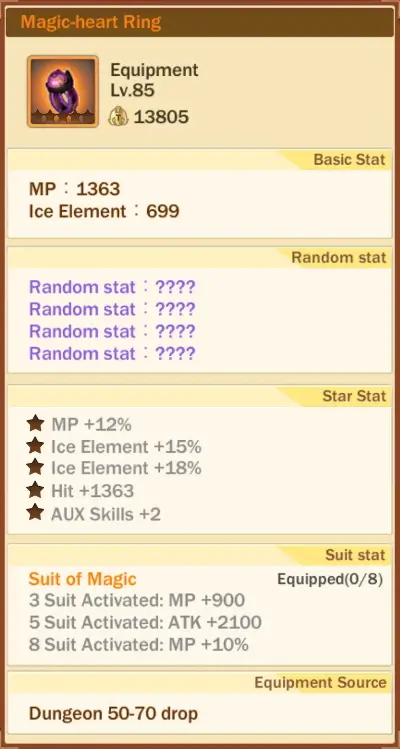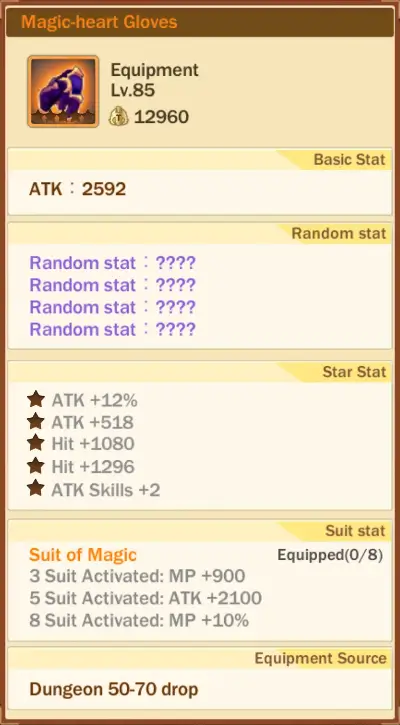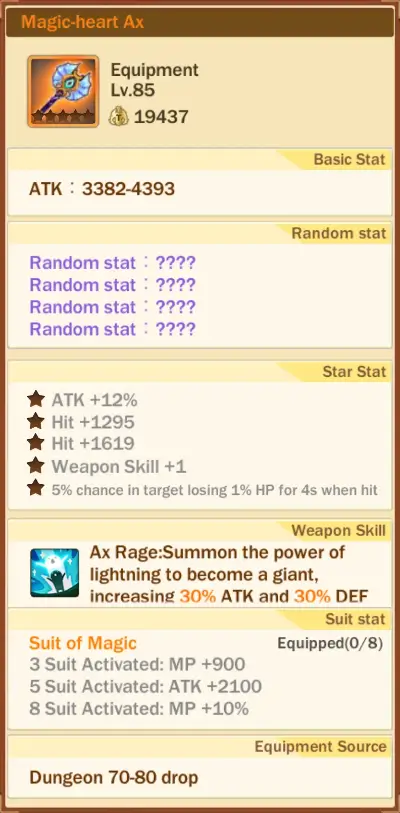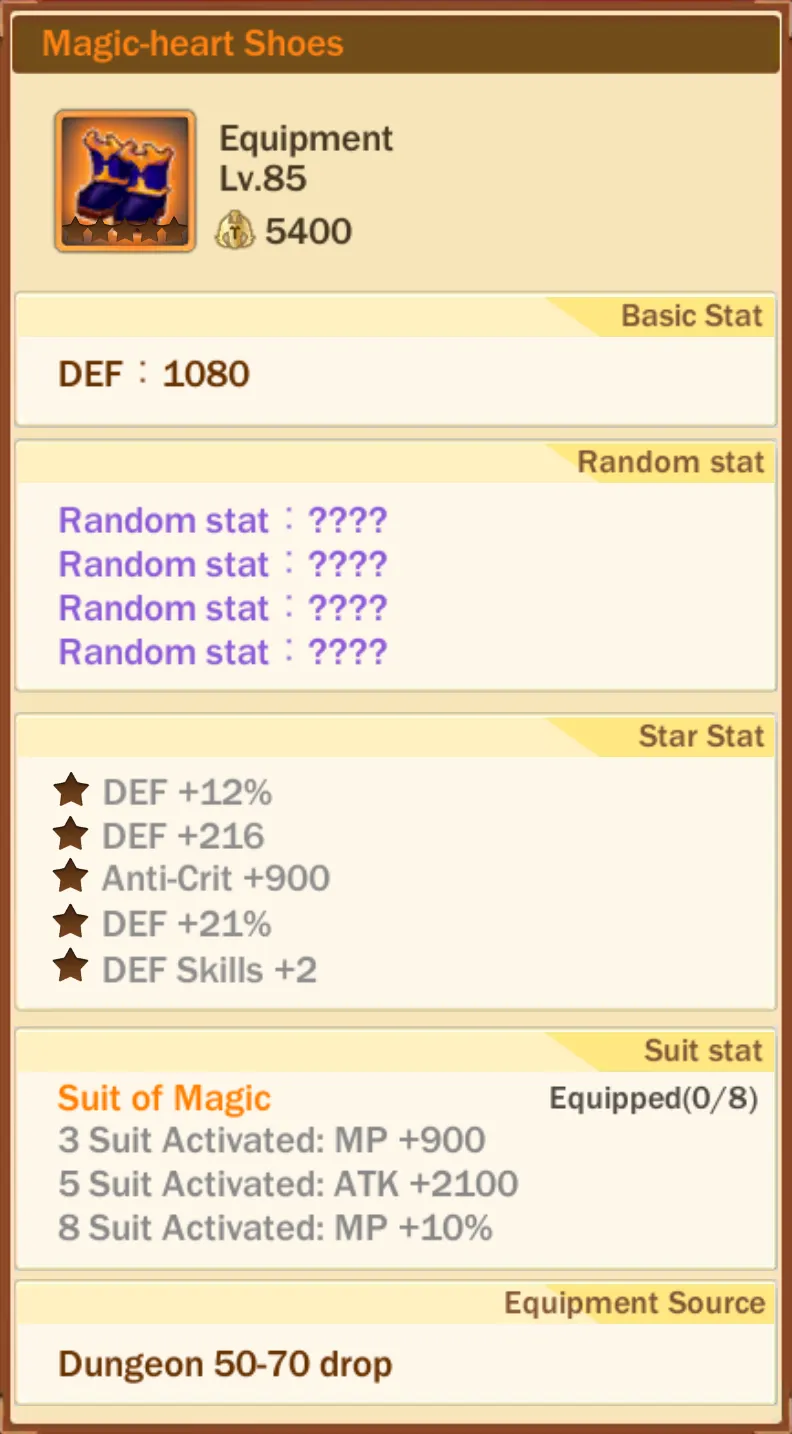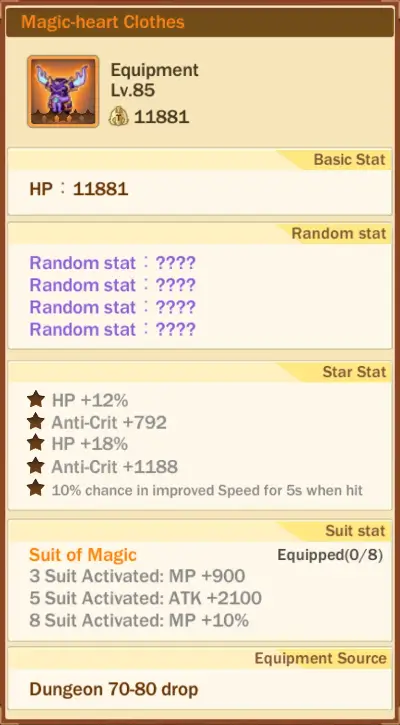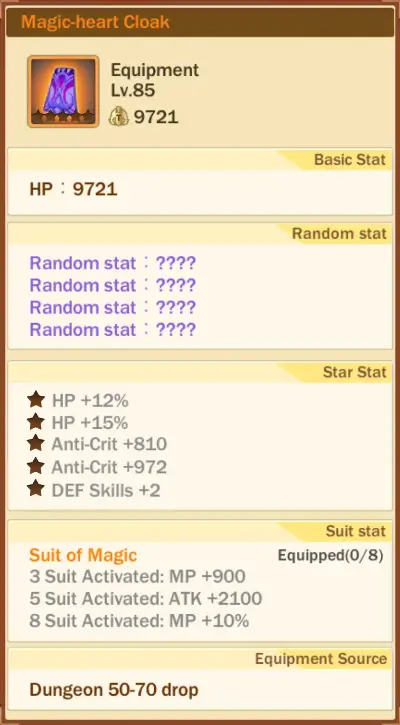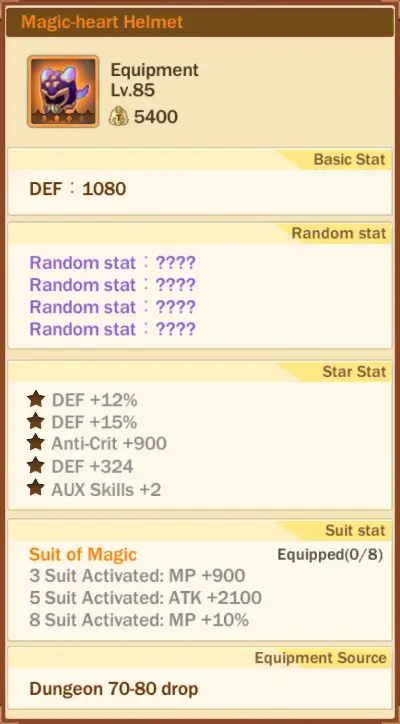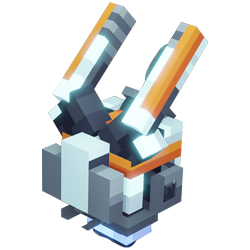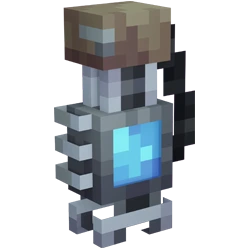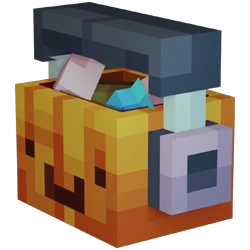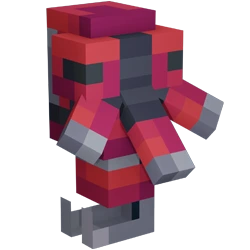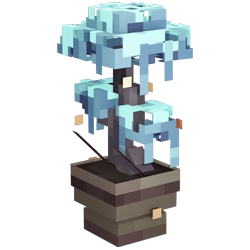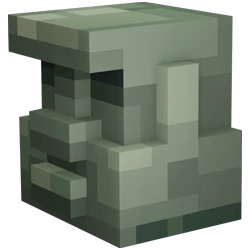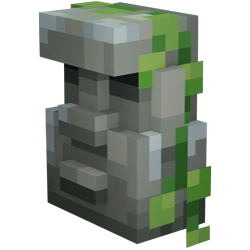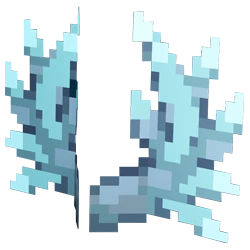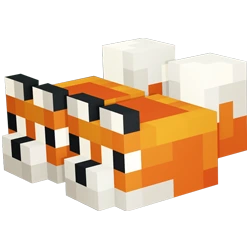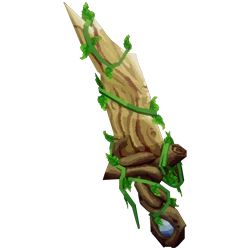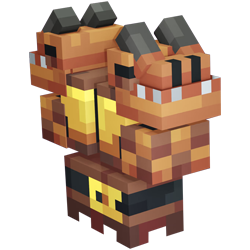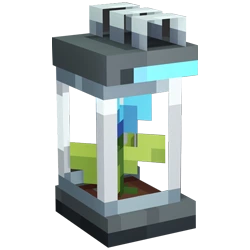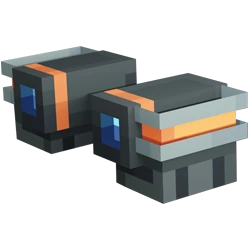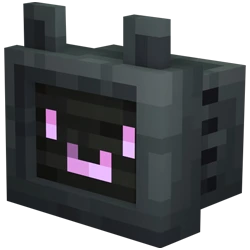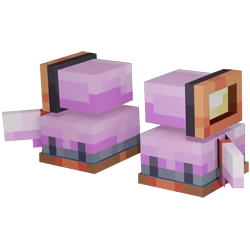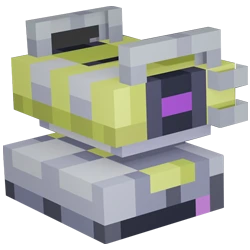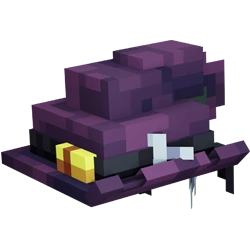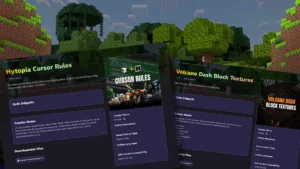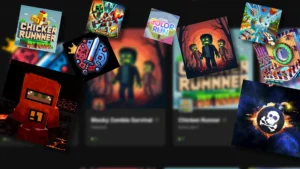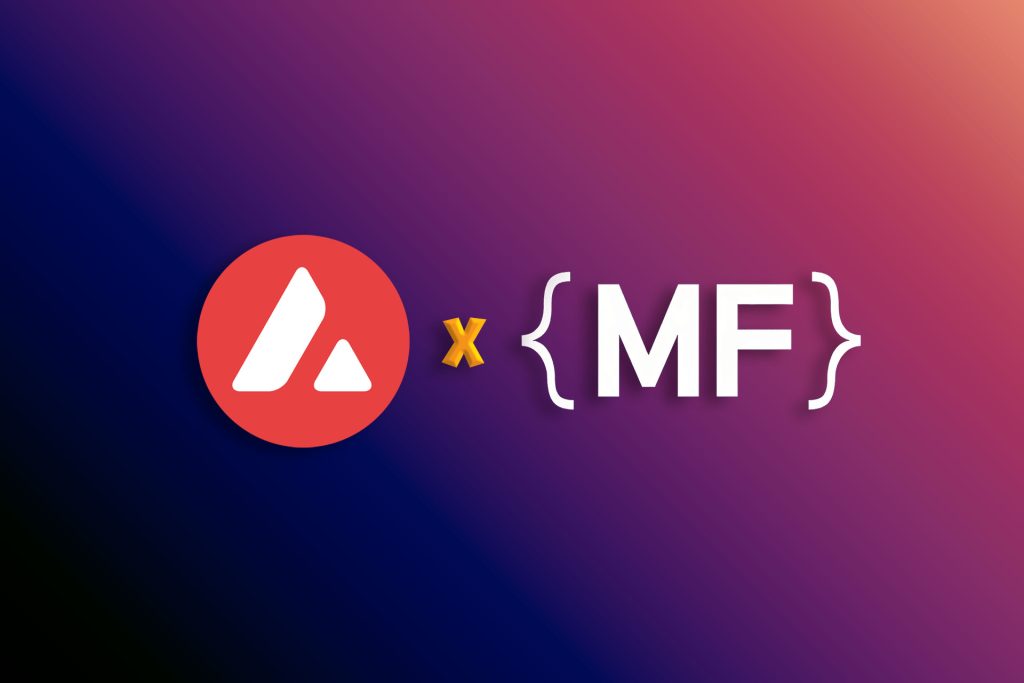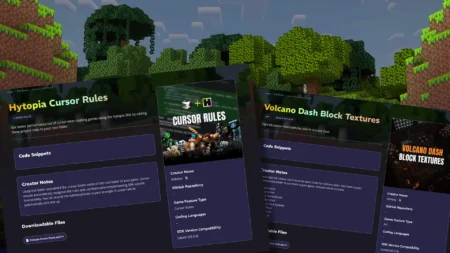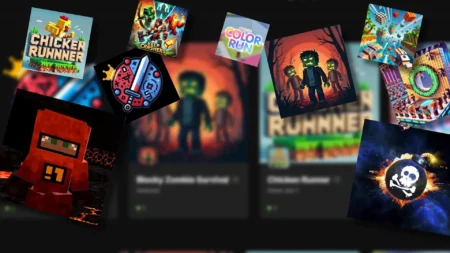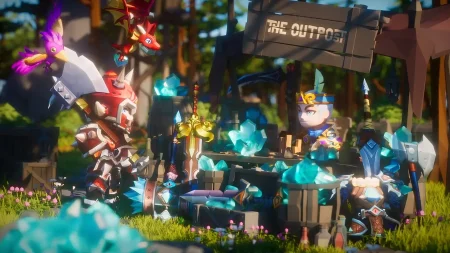— Avalanche Gaming 🔺 (@GamingOnAvax) February 21, 2023
Table of Contents
MetaFab x Avalanche Space Recap
ArkDev and EROD joined the Avalanche team to host a space on the recent partnership with Avalanche.
Childhood Gaming
The space started off with each speaker talking about their first gaming experiences growing up.
Nikhil recalled his Call of Duty: World At War experience, ArkDev recalled his Starcraft experience with building maps and servers, and EROD recalled his Call of Duty memories standing in line at GameStop and designing grandiose Minecraft server spawns and Tekkit adventure maps.
The World of Warcraft Auction House was mentioned as a source of early economics knowledge, with Ark mentioning Temptranquil’s experience with the WoW auction house.
PokeRadar App and Minecraft Experience
ArkDev detailed his experience with building the PokeRadar app for the Pokemon Go game in 2015 which saw 0 to 15 million daily active users in two weeks. He eventually got acquired by Glu Mobile, which was later acquired by Activision, and Ark later merged into their team and ran a small Skunkworks studio where they pumped up early stage game mechanic demos – playtesting ideas before studios ran with them.
When the Avalanche team asked Ark to comment on his early Minecraft experience, Ark mentioned it was mostly building game modes and hosting servers for his friends.
Introduction to MetaFab
Q: Ark, give us an introduction to MetaFab itself.
Ark describes MetaFab as a service that was resulted out of their own needs from building NFT Worlds – originally being a metaverse layer on top of Minecraft.
The team needed more tech from wallet extraction, handling game currencies, and cross-chain solutions – so they decided to build it all themselves as their was no ready-made solution available.
Since the Minecraft ban in July 2022, they split off the NFT Worlds tech to build a chain agnostic service that anyone can use with a superset of solutions for any game developer to launch games on top of blockchain without pain points and low-level solidity development.
This became MetaFab.
Ark's Experience from the Minecraft Ban
Q: How do you feel about the Minecraft ban?
Ark then goes on to describe the effects of the Minecraft ban. He said it was better in hindsight, but sucks that it did, since it put an immediate stop to the snowballing success they were having – reaching 10-20k weekly active players.
One of the positives Ark notes is not having to deal with the looming uncertainty of Microsoft, even though they had no problems for the months prior.
Ark then goes on to say that the new NFT Worlds game engine development is going great.
*Contains affiliate link, see Affiliate Disclaimer
MetaFab vs other Web3 SDKs and APIs
Q: How does MetaFab fit in this ocean of web3 SDKs and why did you build all these key features?
Ark states that before building MetaFab, they tried Fractal and Stardust, but those APIs and SDKs were fragmented and not developed in a way that made sense from a game developer consumption standpoint.
No one had a complete solution for what the MetaFab team needed, so they decided to build their own solutions – since they know what the friction barriers for Minecraft players are and the tools they need.
Web 2 Developers Coming into the Web3 Space
Q: A lot of the games that are being developed come from Web3 native developers, do Web2 developers need as much hand-holding?
Ark says that the studios they work with who have developers with existing solidity and web3 experience have made proof-of-concepts with MetaFab much quicker than writing low-level contract systems.
He then goes onto speak about the MetaFab game jams and how indie devs with mostly web2 backgrounds have felt MetaFab has been easy to consume and sparked their interest.
Ark then mentions having a game jam with Avalanche in the future.
EROD goes onto mention how some of these indie devs are traditional Web2 developers who have introduced MetaFab to their companies. He also mentions the game Miss Marbles from the most recent game jam, which is a game that has a unique take on Shuffleboard. He states they are actively seeking proposals to build it out into a full game and that they have a lot of publisher interest.
He then mentions other game studios using MetaFab look to work with these developers in these game jams and see it as a great networking opportunity.
MetaFab Ecosystems
Q: Looking through your Twitter account Ark, I’m reading this thread about Ecosystems, is that a different product?
Ark asks if they are familiar with TreasureDAO (to which they say yes), and that when they originally setup the MetaFab infrastructure, all of your player accounts and assets were isolated by default with no interoperability – each game would have a different account.
TreasureDAO needed a way that a player could create a Treasure account one time – or a root ecosystem account, and then use that as a “Sign-In with Treasure” for any game a user plays. This avoids any Metamask or traditional wallet popups and creates a more frictionless and traditional implementation of login registration and sign-on to games as a player, and the games have a standard way of interoperating with asset sharing and $MAGIC currency access across all games.
This gives Treasure a level of network effects across all their games with a single sign-on option across different game cartridges and brings many future possibility for interoperability.
Q: How do we get that for Avalanche – is there a way that works with a less centralized system – we have AvvyDomains?
Ark ponders and says Avalanche could launch an Avalanche Gaming Division and players could sign-up for an Avalanche gaming account, and by default all the games building on Avalanche can have single sign-on through the Avalanche gaming ecosystems product.
Players would have one single account which allows asset security and a standardized way for asset interoperability across all games.
Q: What is required to do this?
Ark says its fast and easy and states he could setup a call after the space to demo them on what an “Avalanche” integration would look like – in less than 30 minutes.
Jaws were heard dropping. Because that’s what Ark usually does lol.
How do I experience MetaFab?
Q: What if I wanted to experience the power of MetaFab, what is a good game to look at?
Ark goes onto to say that the bigger studios building on MetaFab have no games live yet, but their MetaFab implementation is pretty much complete. He then says he will send them some indie developed games who have built games that feel like traditional gaming experiences.
EROD comically states that they sent someone a demo and their response was “I don’t see any blockchain here” and that they don’t want to work with them because they sent a “non-crypto game” – even though the game was built entirely with MetaFab 😂.
Stripe-powered Cash On-Ramp Solution
Q: What else is on your plate?
One of the more exciting features coming out from MetaFab is a Stripe-powered cash on-ramp solution for most chains.
Games will be able to cash on-ramp players via a 15-minute setup solution. This will work with wallet solutions, item systems, game currencies through a Stripe-powered cash on-ramp portal.
KYC Process of Stripe
For crypto on-ramp solutions, Ark goes on to say the KYC process of other systems like Moonpay are a huge pain point.
However, the Stripe solution has an integration that if you’ve ever interacted or purchased anything on a website that has Stripe payments integrated – and if you’ve used your credit card and information – then you are automatically KYC’d by default for the crypto on-ramp solutions they will launch for any purchases up to $500 on a single transaction.
Ark's Take on Avalanche
Ark says he is specifically excited for Avalanche because of how their subnets and the how scalability side of things works.
One of the issues Web3 games have that launch on Polygon or Arbitrum is that there will be a harsh reality that comes when one or two titles on these networks sees a large amount of traction.
This will introduce a lot of network congestion and volatility due to the way that they have architected these things from the scalability side (i.e. the number of transactions per second).
Will EVM be a bottleneck?
Q: Will blockchain games use EVM and will it be a bottleneck?
The current EVM implementations are a bottleneck in Ark’s opinion, relative to the traditional ways they are deployed today. The way Avalanche works with their subnets on the EVM side are a good way to horizontally scale.
Ark states his preferred outcome is that the existing EVM implementation gets forked and that the reason the bottleneck has not been resolved yet is due to breaking backwards compatibility on the network and existing chains.
He then says he thinks the developer side and familiarity side of Solidity on top of EVM is very powerful and will not go away – even if the underlying virtual machine implementation changes.
He would like to see a more optimized solution for the virtual machine side that is still inherent in its implementation of being compatible using Solidity for the development side of things – but breaks away from existing bottlenecks.
Wrapping Up
Thanks for reading this space round-up between MetaFab and Avalanche!
If you like this type of content, share it on Twitter so other people can see just how powerful these partnerships are!
And make sure to follow @allyourlootnews to stay updated on all things NFT Worlds, MetaFab, and other ecosystem developments!
*Contains affiliate link, see Affiliate Disclaimer

*Contains affiliate link, see Affiliate Disclaimer

*Contains affiliate link, see Affiliate Disclaimer

